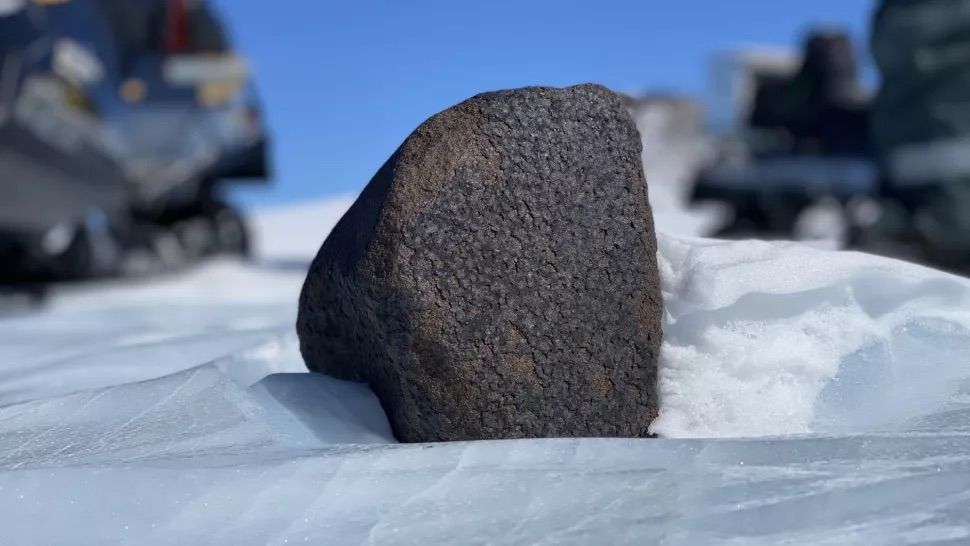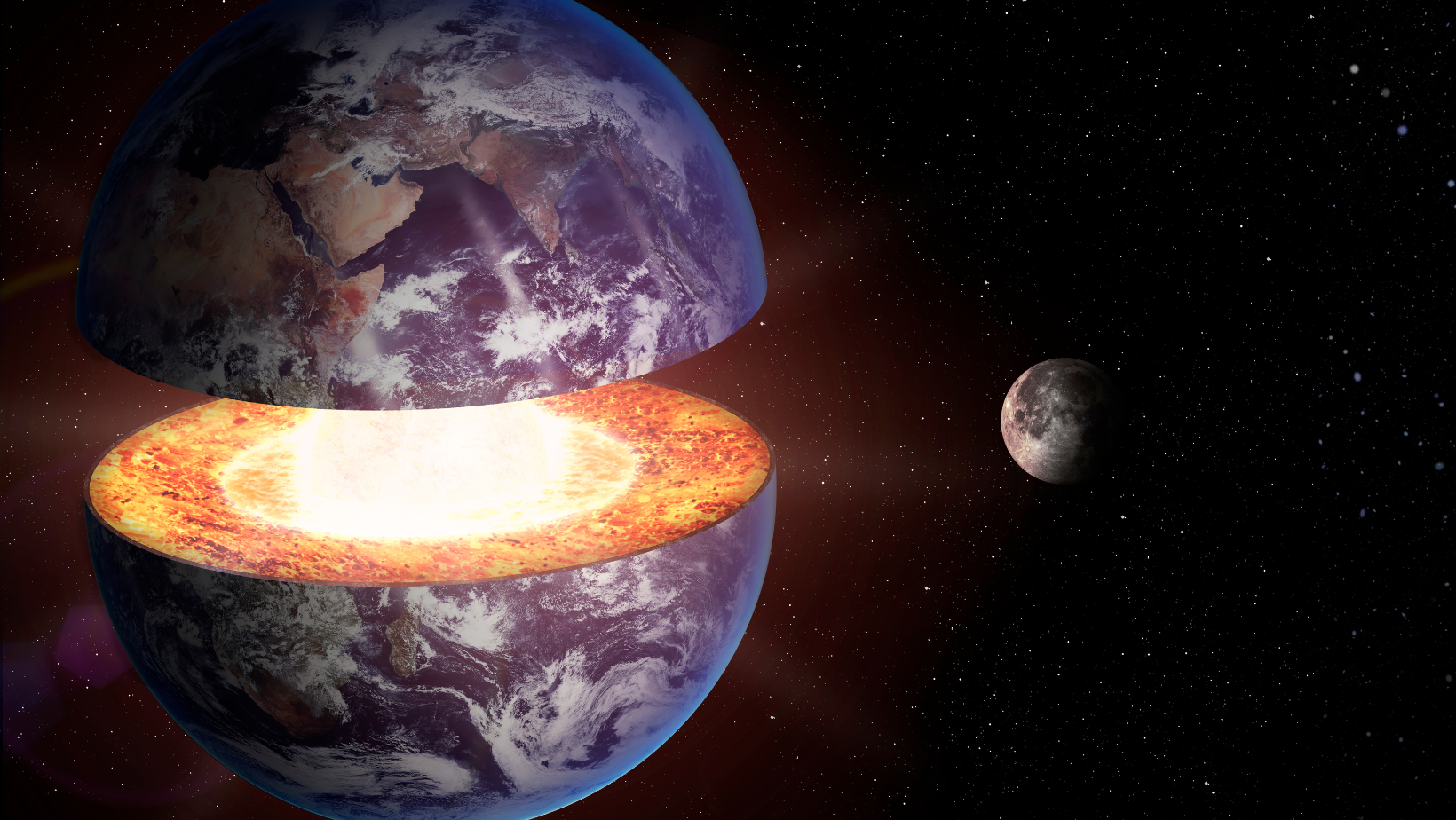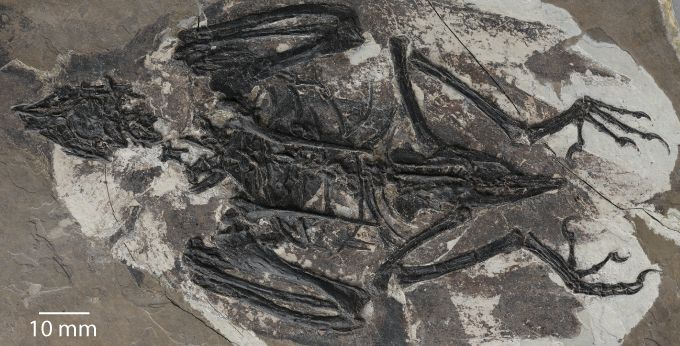Weekly Science News Recap
This week's science news recap includes topics from space, paleontology, and Earth from January 21- January 27.

On Saturday,
A team of scientists from the Field Museum and the University of Chicago discovered a massive space rock in a barren desert. The team of researchers went to Antarctica in search of meteorites and came across a rarity. They discovered 5 meteorites, including a 17 pound 'monster space rock.' Of the estimated 45,000 meteorites that have been discovered from the icy desert, only around 100 have been as large as the hefty rock. Antarctica is a prime location for hunting meteorites because of the dry climate. The dry climate reduces the amount of weathering and the white landscape helps the rocks stand out at the surface.

The new space rock and other meteorites will be transferred to the Royal Belgian Institute of Natural Sciences. Researcher Maria Valdez said, "Studying meteorites helps us better understand our place in the universe. The bigger a sample size we have of meteorites, the better we can understand our solar system, and the better we can understand ourselves."
On Monday,
Researchers with Peking University in China made one seismic discovery. Researchers discovered that the inner core of the Earth rotates at the mantle and the crust. The planet roughly spins 360 degrees a year while the inner core rotates one degree per year, faster than the rest of the planet. It's believed a complete cycle lasts around 70 years. The core began rotating slightly faster than the rest of the planet in the early 1970s. However, since 2009, the core's rotation has been slowing down and coming into sync with the rest of the planet. At the moment, there is a negative trend, which signifies the core rotating slower than the rest of the planet. Researchers believe there should be another change in speed in the mid-2040s.

The discovery was found by watching seismic waves pass through the earth when doublet earthquakes occur. The examined seismic data from 1964 to now to make the assumption that the rotational speed of Earth's inner core changes roughly every 35 years, making a full circle every 70 years: moving faster than, slowing down, moving slower than, and then speeding back up. Some also believe since the inner core is 'gravitationally linked to the mantle and magnetically linked to the outer core' that this could also explain the behavior of the earth's gravitational field and the 70-year variations in Earth's days.
The study has caused controversy among other researchers, with some believing there is no difference or the difference is shorter than 70 years. However, with more studies and observations, they hope to be able to make better conclusions in the future.
On Tuesday,
A 120-million-year-old fossil bird found in China could offer insight on how dinosaurs evolved into today's modern bird. The Cratonavis zhui fossil was of a bird with a pigeon-like body and the head of a dinosaur. The fossil was discovered in the Jiufotang Formation, an ancient body of rock in northeastern China that is a hotbed for preserved feathered dinosaurs and birds.

Upon inspection, it was discovered that the Cratonavis had a skull nearly identical to other Theropod dinosaurs, like the T-Rex. The Cratonavis also had an unusually elongated scapula and hallux, or a backwards facing toe. It's assumed that this might have been used to hunt prey such as beetles, grasshoppers, and lizards. According to researchers, the dino-bird mash is not unexpected. Most birds from the dinosaur ages had more primitive, toothed heads than today’s birds. But, the find does build on the understanding of the primitive birds.



